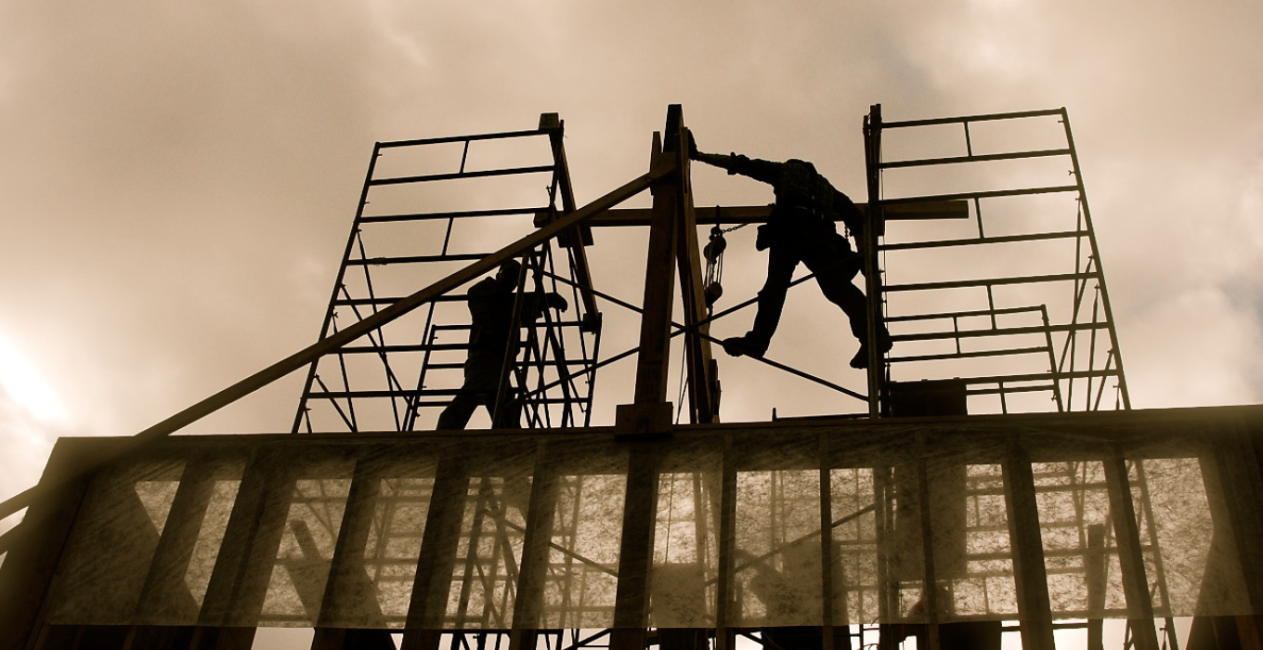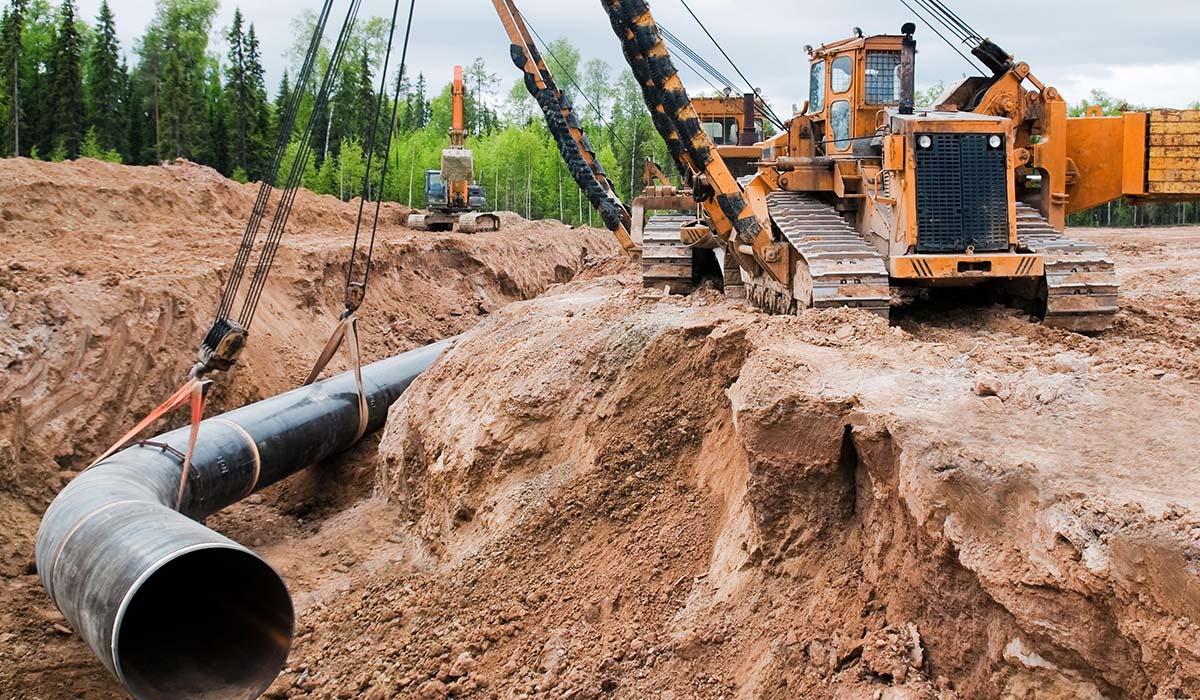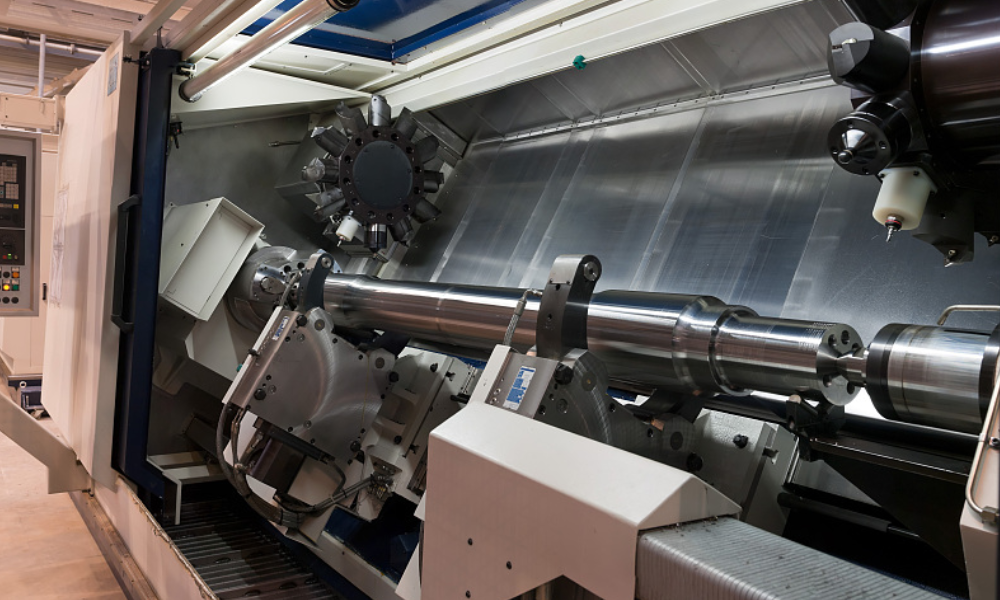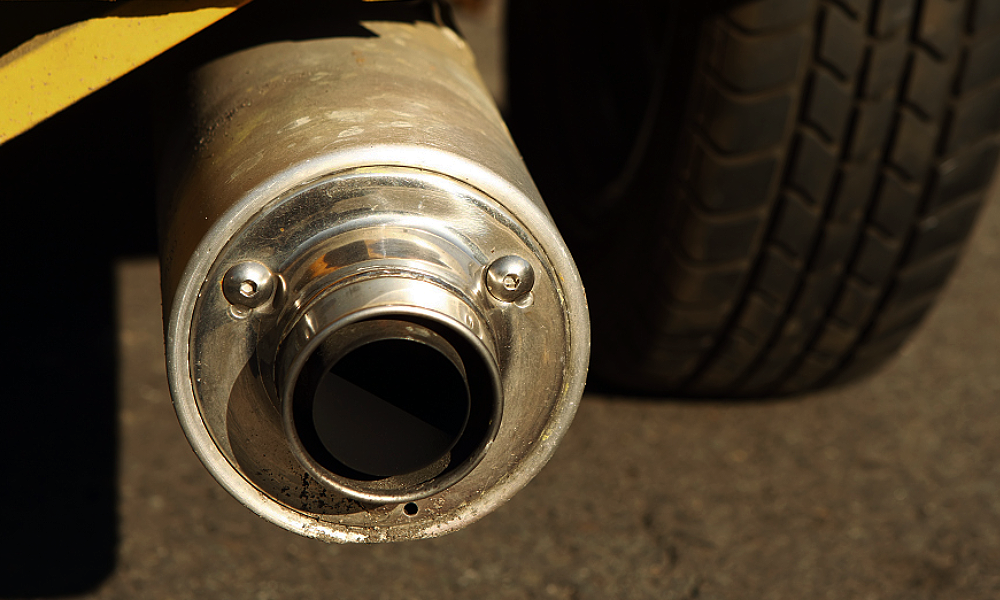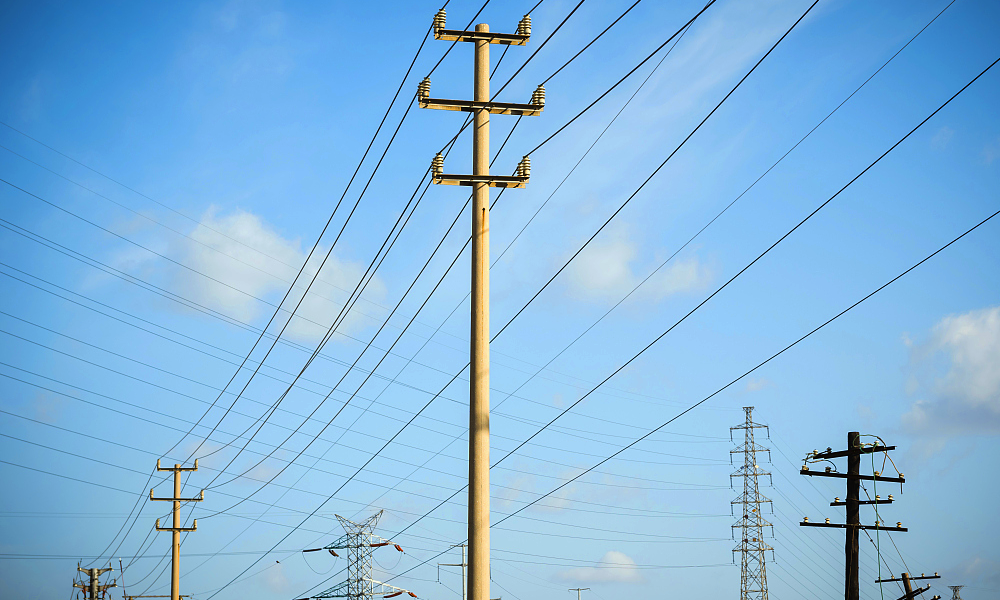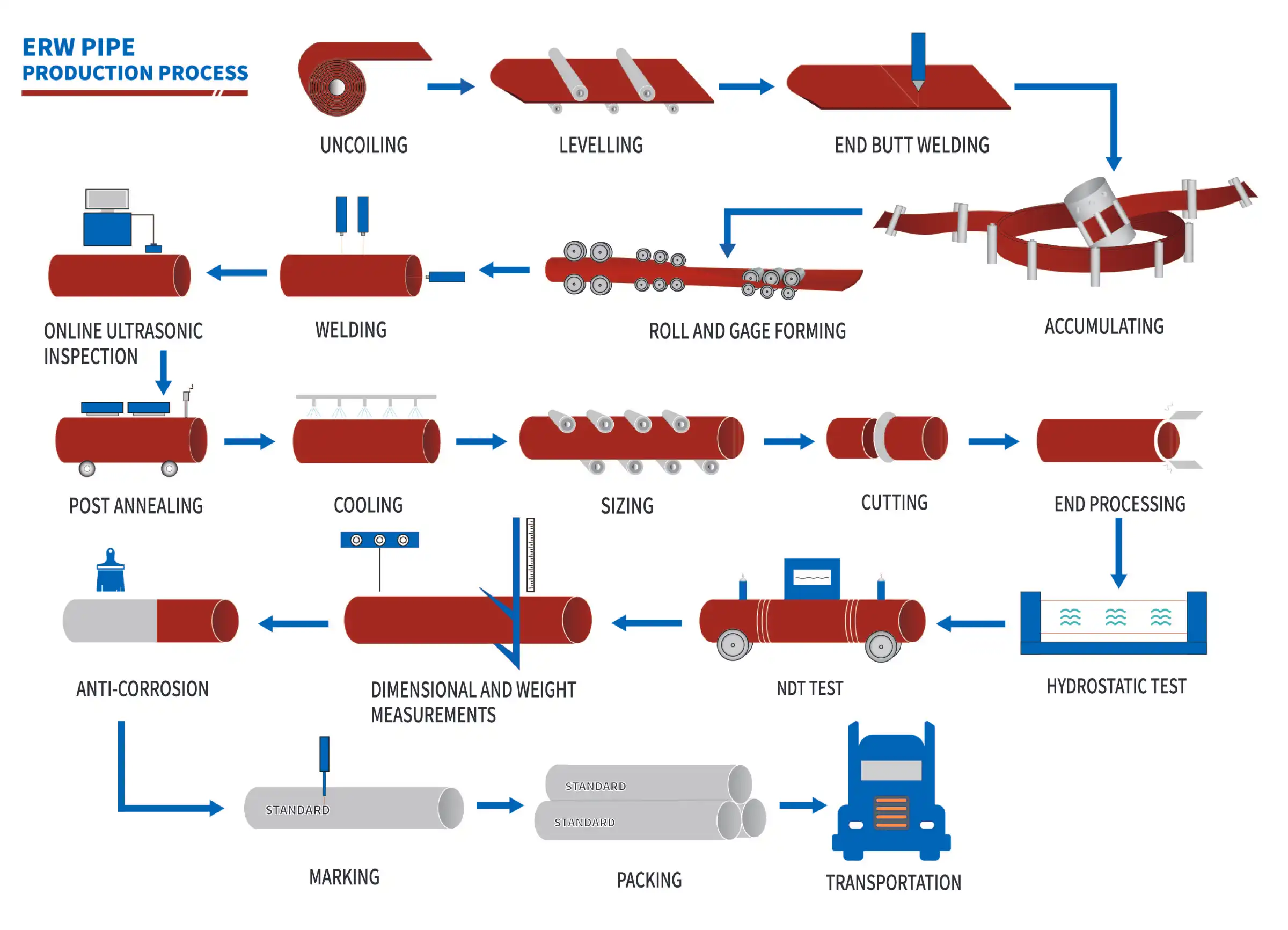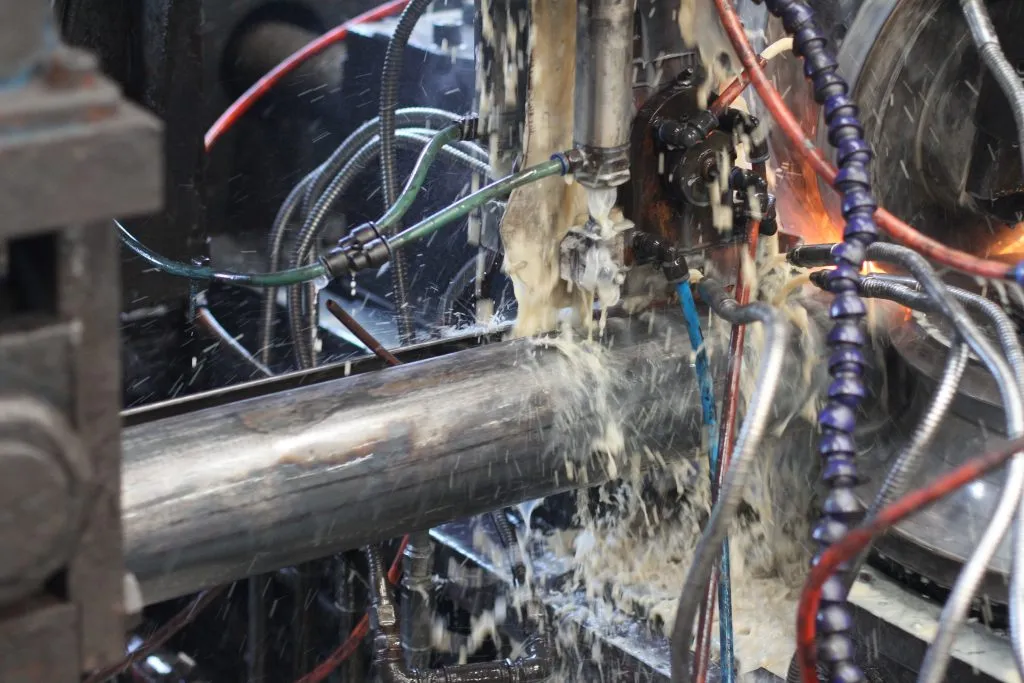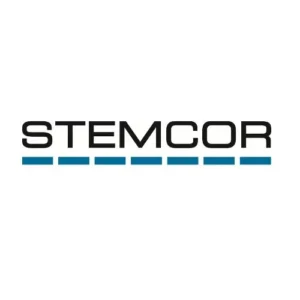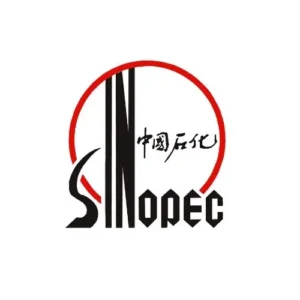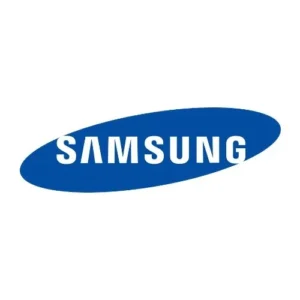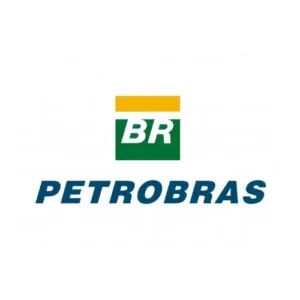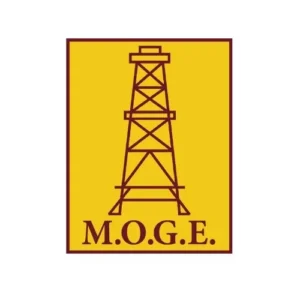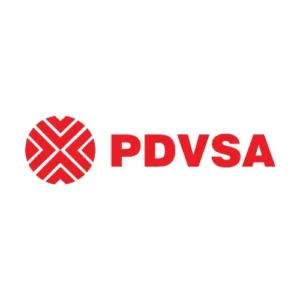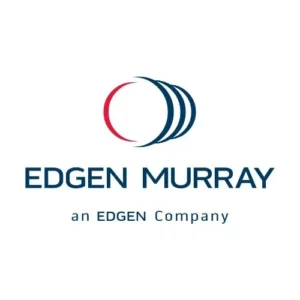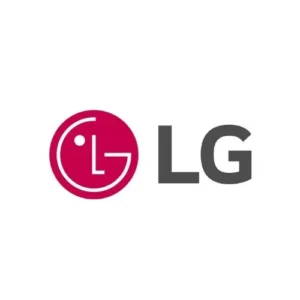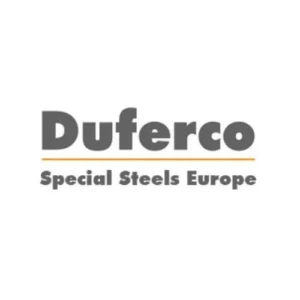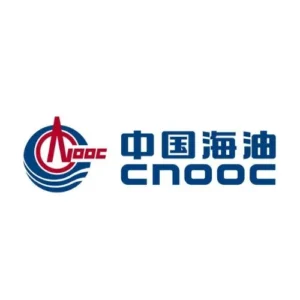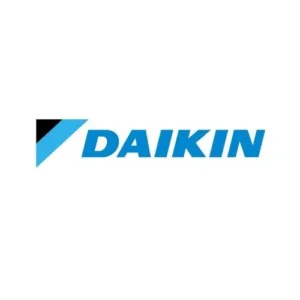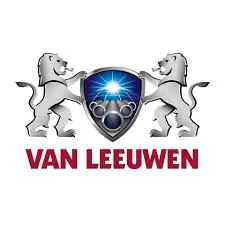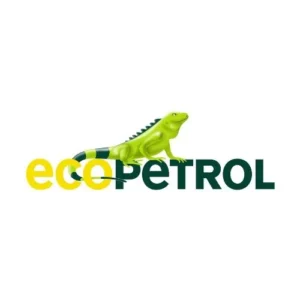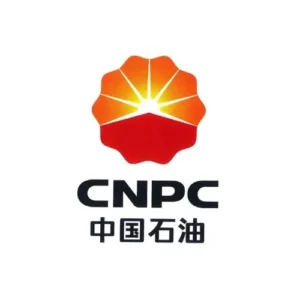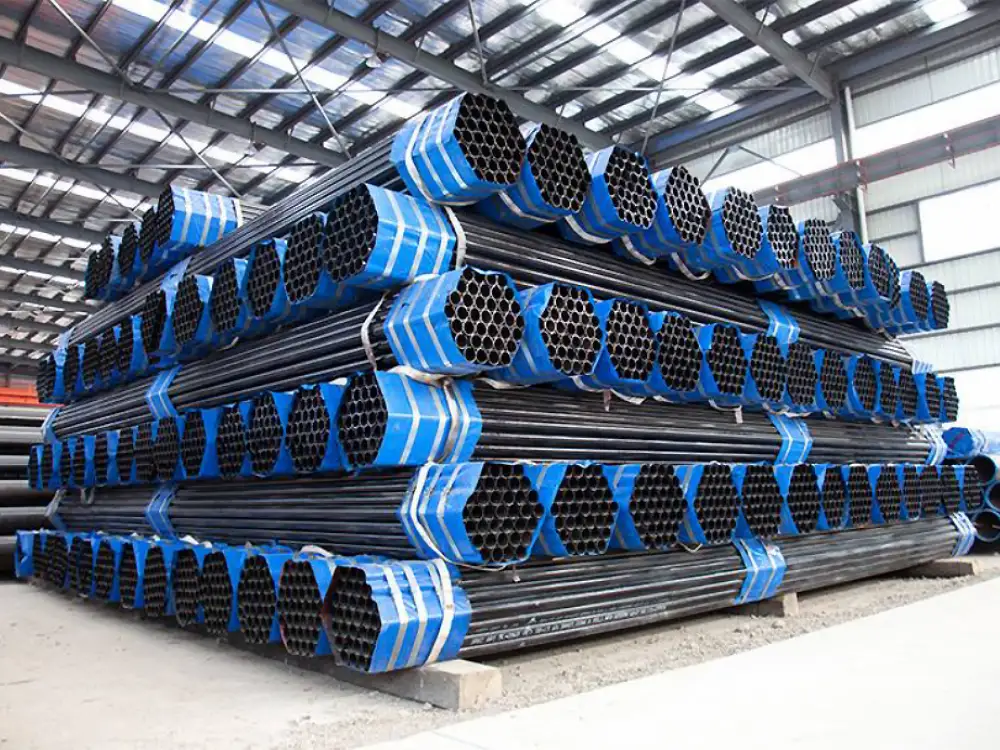
Kohlenstoffstahl ERW-Rohr Fabrik
ERW-Stahlrohre (Elektrisch widerstandsgeschweißte Rohre), ERW-Rohre aus Kohlenstoffstahl
Elektrisch widerstandsgeschweißte Rohre (ERW-Rohre) werden aus hochwertigen Kohlenstoffstahl-Coils hergestellt, die kalt in eine zylindrische Form mit einer Längsnaht parallel zum Rohr geformt werden.
Uniasen ist ein zuverlässiger Großhändler für ERW-Rohre in China. Unsere ERW-Rohre werden mit fortschrittlichen automatisierten Schweißanlagen hergestellt und sind in Durchmessern bis zu 610 mm (24 Zoll) erhältlich, um den unterschiedlichen Anforderungen der Industrie gerecht zu werden. Die Coil-Breite entspricht dem Umfang des Rohrs und gewährleistet die Leistung für den Transport von Öl, Gas und verschiedenen Flüssigkeiten oder Dampf.
Unsere Rohre haben eine Größe von 1/2 Zoll bis 24 Zoll und eignen sich zum Schweißen, Gewindeschneiden, Nuten und Biegen, wodurch sie für Projekte auf der ganzen Welt vielseitig einsetzbar sind.

